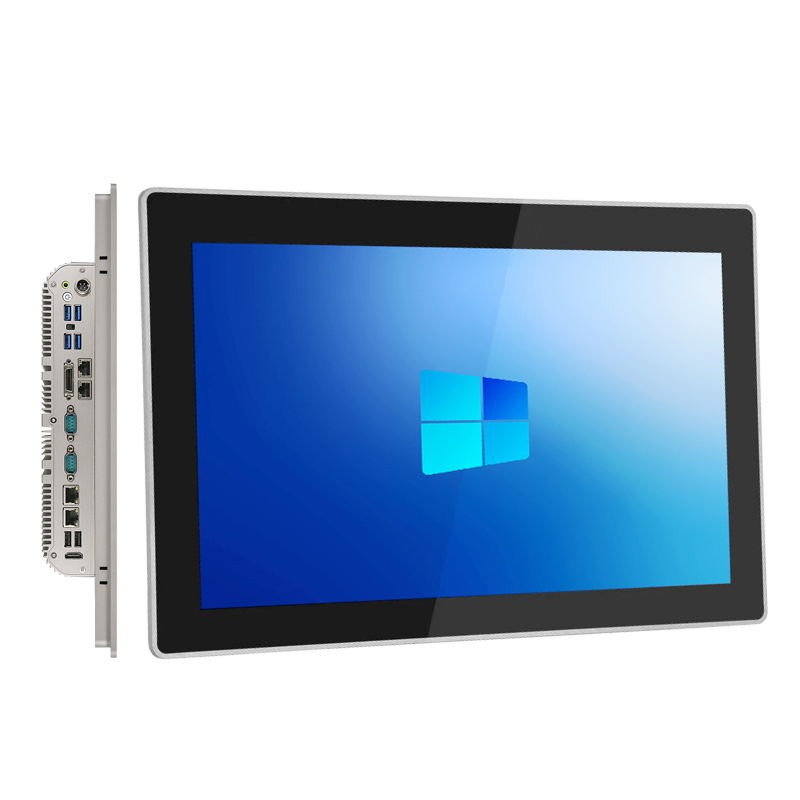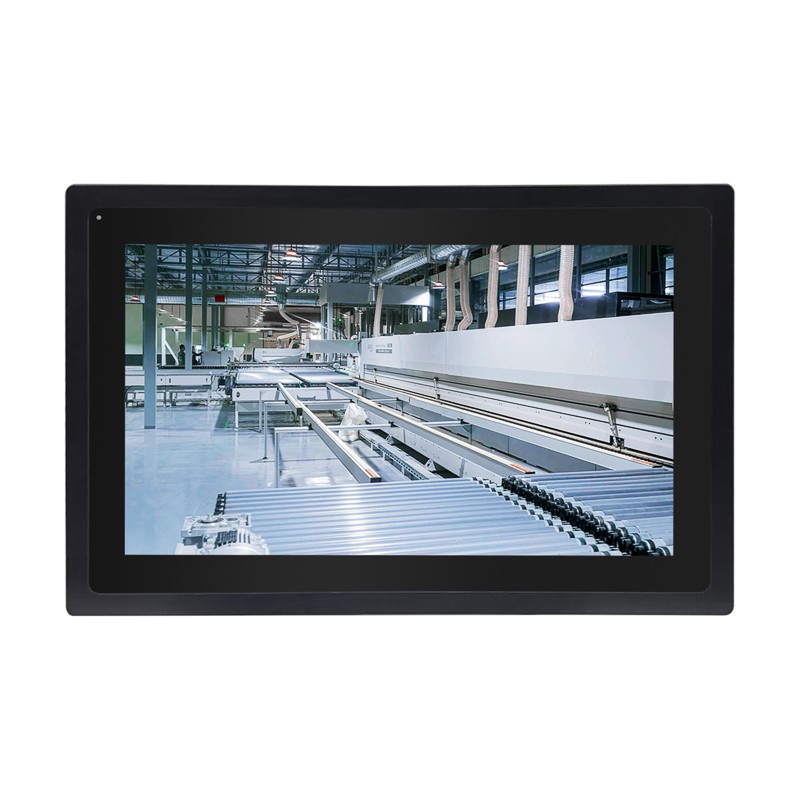Sep. 29, 2025
Industrial computers are the backbone of modern automation, artificial intelligence (AI), and edge computing. These rugged systems are designed to withstand harsh environments while delivering reliable performance for critical applications. However, with so many form factors available, choosing the right size for your industrial computer can be a daunting task. This blog will guide you through the key industrial computer sizes, their use cases, and how to select the best form factor for your specific needs.
In modern industrial environments, industrial computers play a critical role in automation, data collection, process monitoring, and equipment control. Beyond performance and interface compatibility, size selection is crucial for installation convenience, operational efficiency, and device reliability.
Industrial computer sizes typically include screen dimensions, panel height and width, chassis depth, and overall installation footprint. Common size ranges are:
● Small models: 7–12 inches, chassis depth 40–80mm, suitable for installation in control cabinets or compact spaces.
● Medium models: 15–19 inches, chassis depth 50–100mm, ideal for production line operation stations or equipment monitoring.
● Large models: 21–32 inches or larger, chassis depth 80–120mm, often used in control centers, monitoring rooms, or outdoor high-brightness applications.
Proper size selection enhances visibility, operational accuracy, and space efficiency, ensuring stable industrial system operation.
Industrial computers vary in size based on their application requirements, environmental constraints, and performance capabilities. Here are the key factors that differentiate them:
● Physical Dimensions (Width, Depth, and Height): Determines whether the system fits within space-constrained enclosures, control panels, or racks.
● Expandability & PCIe Slots: Larger industrial PCs accommodate more PCIe slots for GPUs, accelerators, and additional I/O modules.
● Thermal Management: Fanless designs with passive cooling are optimized for compact, sealed environments, whereas larger systems may require active cooling for high-performance workloads.
● Power Consumption & Efficiency: Small-form-factor PCs are designed for low-power IoT applications, while GPU-powered systems demand higher wattage for AI and machine learning tasks.
● Mounting Options: Wall-mount, DIN-rail, or rackmount configurations affect the PC’s deployment flexibility in different industrial settings.
● Environmental Ruggedness: Wide-temperature tolerance, shock & vibration resistance, and ingress protection (IP rating) dictate the durability of different form factors.
Different applications demand different industrial computer sizes for optimal performance:
In control cabinets or machinery enclosures, small models (7–12 inches) are ideal. Their compact chassis fits limited spaces while leaving room for cable routing and ventilation. Small industrial computers are commonly used for PLC system monitoring, automated control panels, and on-site operator interfaces, providing reliable performance without occupying excessive space.
For production line stations or equipment monitoring, medium models (15–19 inches) provide enough screen area to display process data, operation interfaces, and real-time alerts. Chassis thickness of 50–100mm allows desk or wall-mount installation while maintaining convenient access. Medium models also offer multiple connectivity options, such as USB, serial ports, and industrial Ethernet, facilitating integration with sensors, controllers, and peripheral devices.
In control rooms or outdoor environments, large models (21–32 inches or more) are preferred. Operators can view multiple data windows, process metrics, and alarms simultaneously. Sihovision high-brightness displays reach 1000–1500 nits, ensuring clear visibility under direct sunlight. Large chassis designs also improve heat dissipation and maintain stable long-term operation.
Selecting the right industrial computer size depends on a variety of operational and environmental factors:
If the deployment area is tight (e.g., kiosks, digital signage, control cabinet), opt for small-form-factor or mini industrial PCs.
For confined industrial enclosures, embedded box PCs with compact depth are ideal.
AI, machine learning, and graphics-heavy applications require GPU-supported embedded PCs with sufficient expansion depth.
General automation, edge processing, and IoT applications can rely on non-GPU embedded PCs with fanless efficiency.
Harsh environments with dust, vibration, or extreme temperatures require fanless, wide-temp, and ruggedized PCs.
Controlled environments (e.g., server rooms, data centers) allow for rackmount IPCs with active cooling.
Applications that rely on multiple peripherals (e.g., barcode scanners, cameras) require sufficient USB, COM, and LAN ports.
Edge AI and automation workloads may require PCIe slots for accelerators and additional storage capacity.
Panel PCs are best for HMI applications with integrated touchscreens.
Rackmount PCs are suited for high-performance computing in centralized industrial operations.
Wall-mount and DIN-rail embedded PCs provide secure, space-efficient installation for industrial automation.
Sihovision offers a wide range of industrial touch display PCs, from compact 7–12 inch models to large 32-inch and above displays. Each size is designed with industrial-grade reliability:
● Small models: Suitable for control cabinet installation and tight spaces.
● Medium models: Ideal for production line operation stations, providing clear visualization and multiple interfaces.
● Large models: Perfect for control centers, operation rooms, and outdoor high-brightness environments, supporting multi-touch and wide viewing angles.
All Sihovision industrial PCs feature high-brightness displays, rugged metal housings, and vibration-resistant designs, ensuring stable operation in demanding industrial environments.
Different environments require specific industrial computer sizes:
● Factory automation: Medium to large models display production data and process charts clearly.
● Outdoor industrial displays: Large, high-brightness screens ensure visibility under sunlight.
● Control cabinet installation: Small, compact models maximize space efficiency while maintaining interface access.
● Medical and laboratory settings: Small to medium waterproof models facilitate safe operation and easy cleaning.
By combining application needs, installation space, and operational requirements, companies can select the optimal industrial computer size, achieving a balance between performance and usability.
A: Small models (7–12 inches) are ideal for compact control cabinets, providing sufficient interface and ventilation space.
A: Medium models (15–19 inches) offer clear visibility and multiple connectivity options for efficient process control.
A: Yes. Large models with high-brightness displays (1000–1500 nits) and IP65/IP67 ratings are suitable for outdoor industrial applications.
A: The right screen size ensures comfortable multi-touch interaction. Small screens may limit input accuracy, while larger screens improve visualization but require proper viewing distance.
A: Yes. All models feature industrial-grade metal housings, vibration resistance, and waterproof/dustproof protection, ensuring reliability in tough conditions.
Choosing the right industrial PC size is essential for ensuring optimal performance, reliability, and integration into your specific environment. From ultra-compact mini PCs for IoT applications to GPU-powered edge computers for AI inferencing and training, each form factor offers distinct advantages. By considering factors such as space constraints, thermal management, ruggedness, and expandability, businesses can select a system that meets their industrial computing needs.
Sihovision offers a comprehensive portfolio of industrial-grade computing solutions, designed for durability, performance, and scalability. Contact us to explore the best-fit industrial PC for your application.

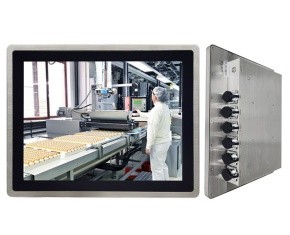

What Is a Stainless Steel Touch Panel PC?
Oct. 15, 2025
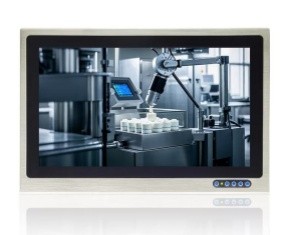
Industrial Computer Size Guide and How to Choose
Sep. 29, 2025
Industrial Panel PC IP69k Stainless Steel 304 Enclosure 7x24h
EETI waterproof solution, touch can work well with drop water on screen.
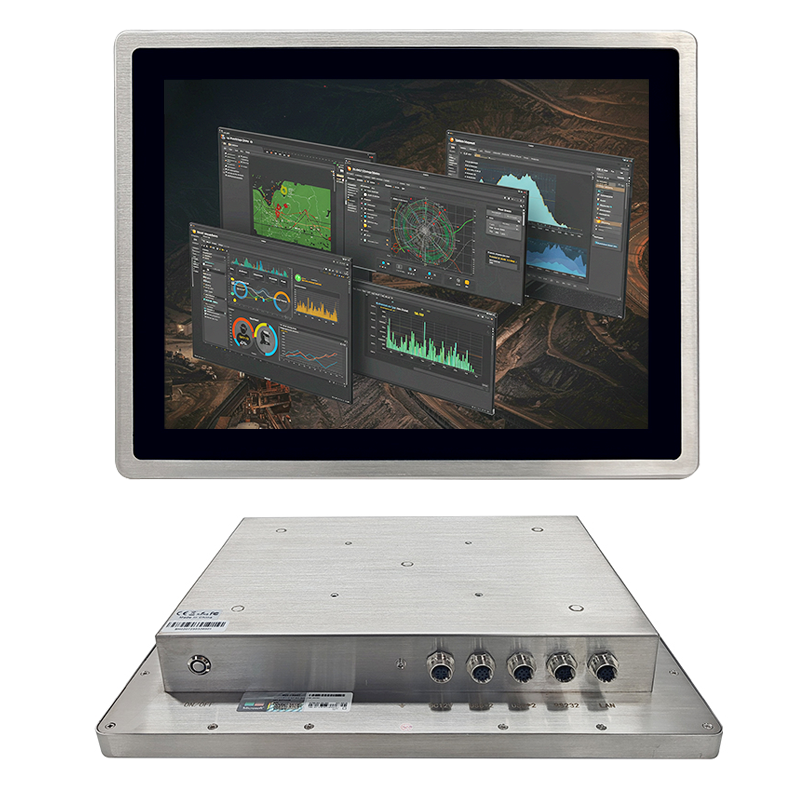

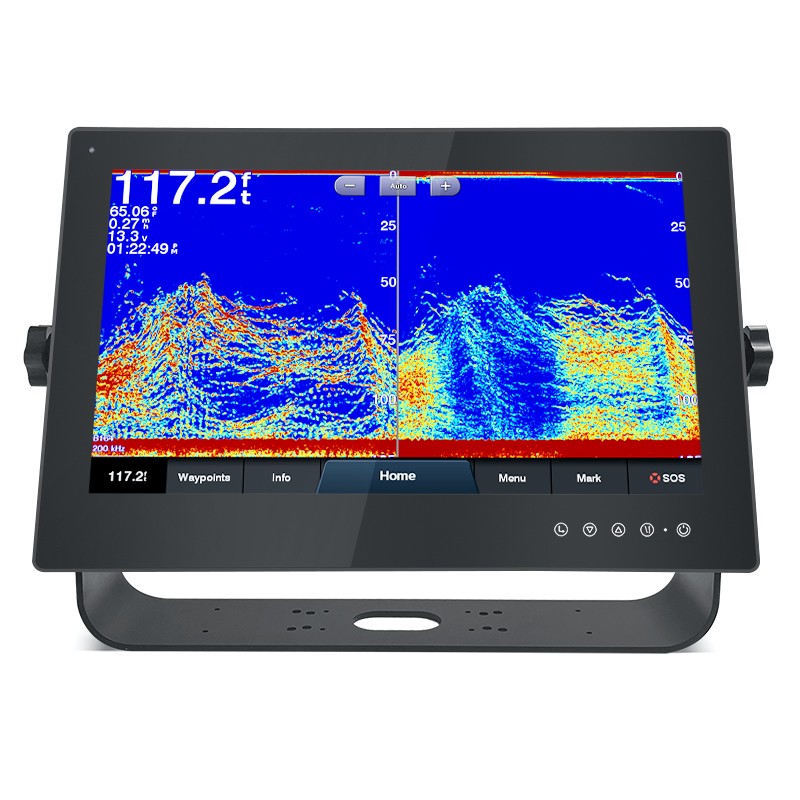
Intel Alder Lake 12th Processor Embedded Mini Computer 6COM 6USB
2*HD-MI,1*Type-C,support synchronous/asynchronous triple display.
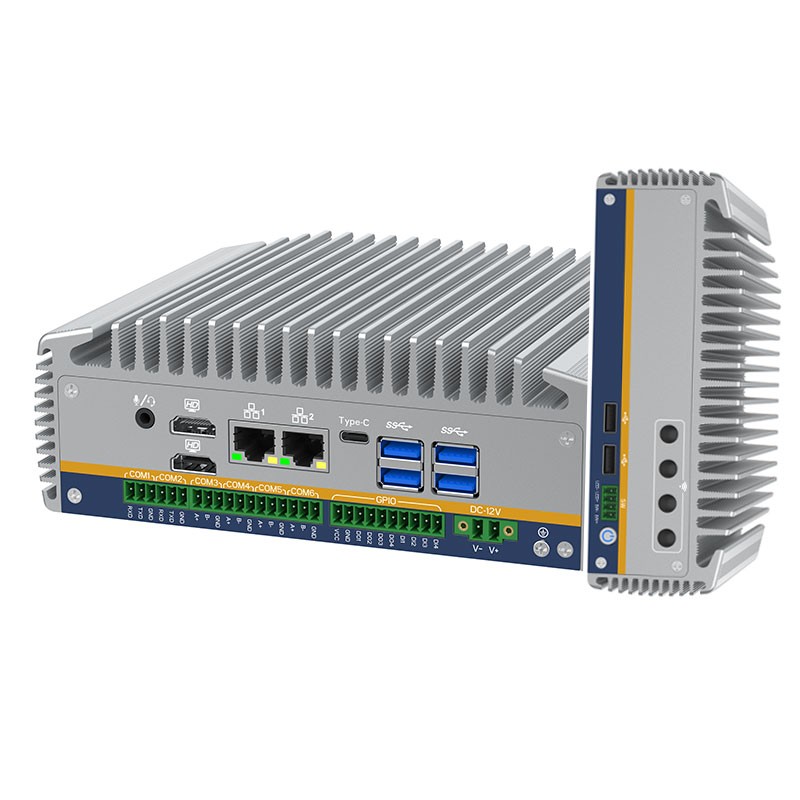
17 Inch Full IP67 Waterproof All In One Panel PC 12th Intel Core I3-1215U
17" 1280*1024 LCD Panel 1000nits, Optical bonding between touch screen and LCD screen
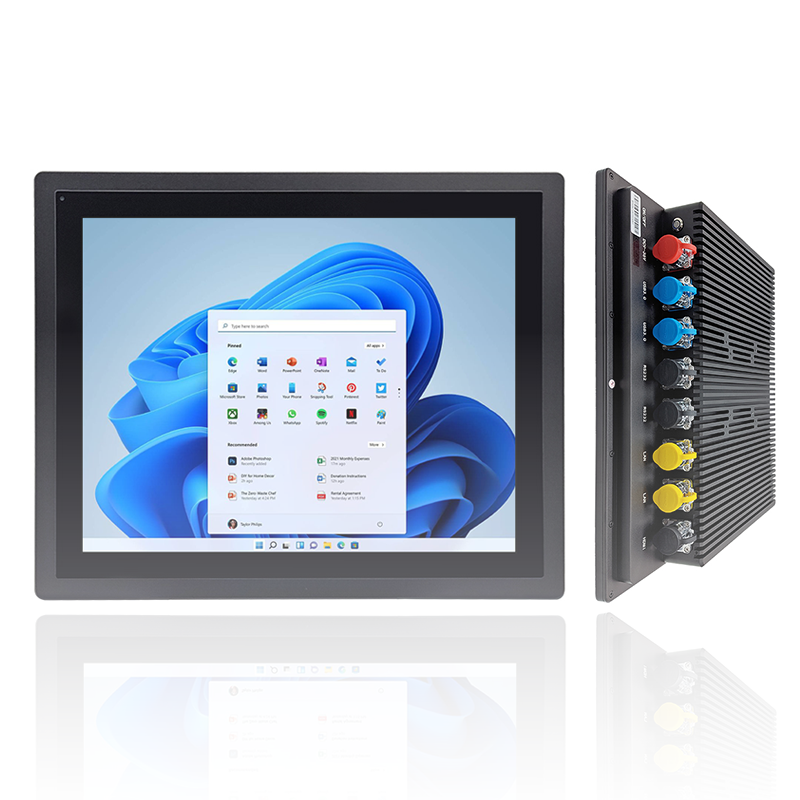
Industrial All In One PC Windows 11 pro SC800M
Intel 10th Celeron J4125/J6412 processor, optional Intel 8/10/11th Core i5/i7, support Windows 11.
